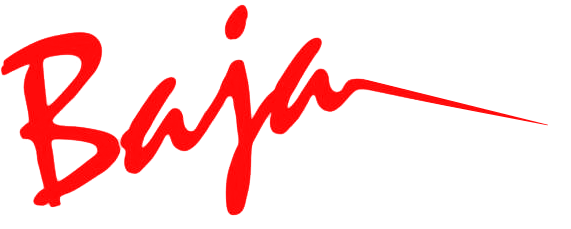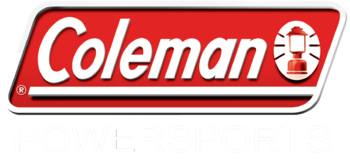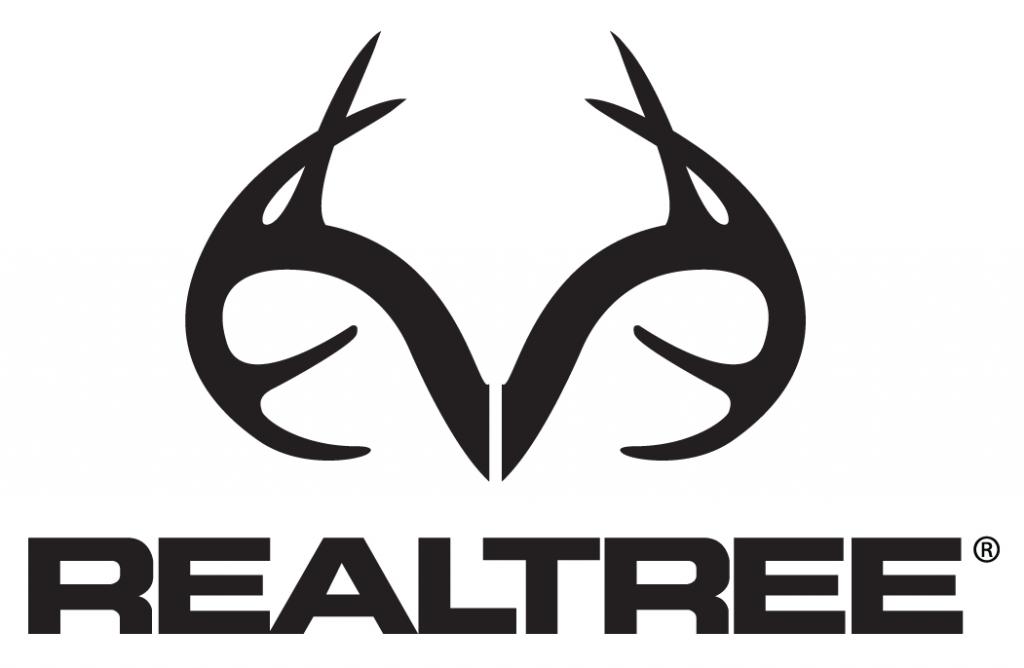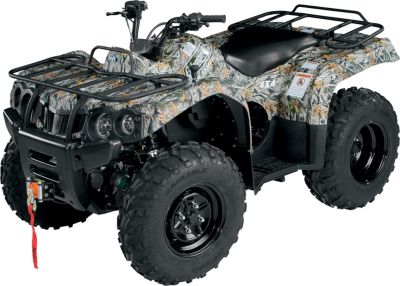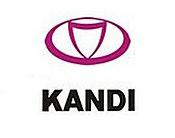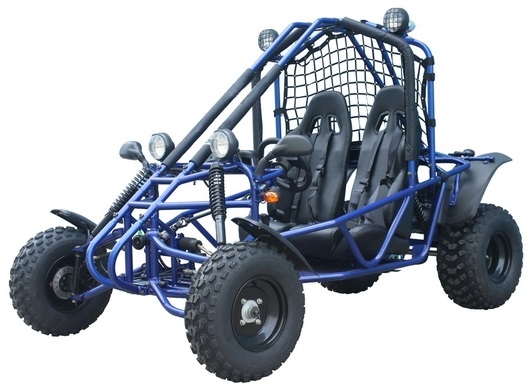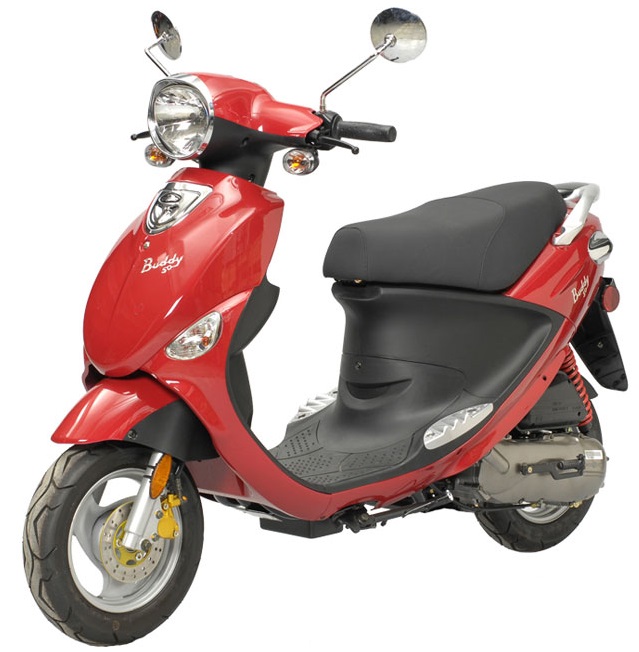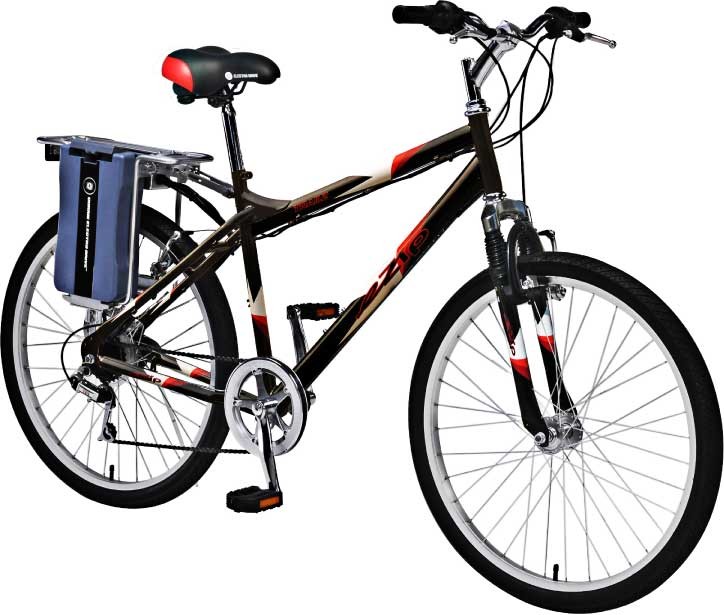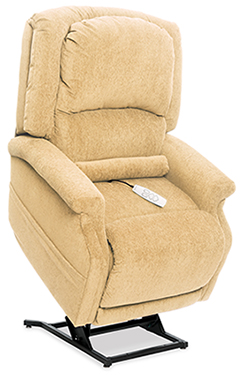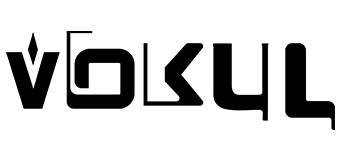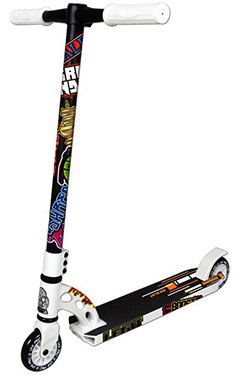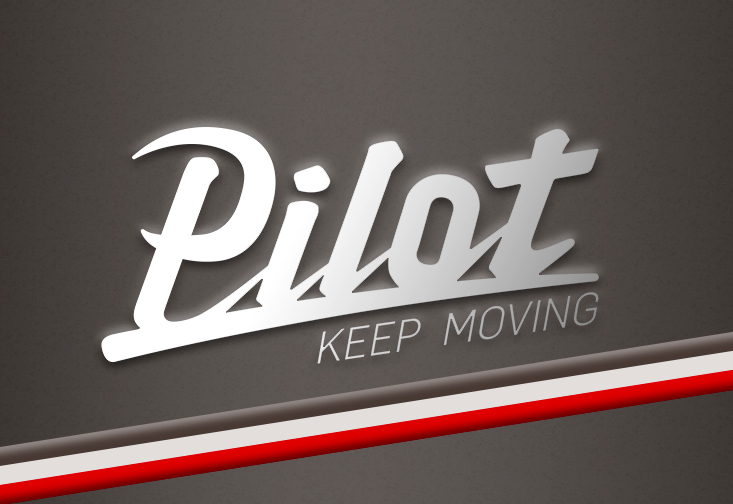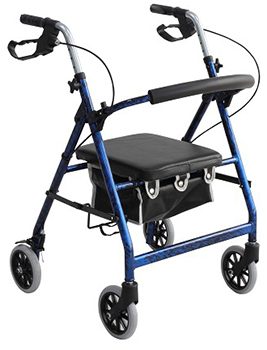- Accessories
- Armrests
- Batteries
- Battery Box Assemblies
- Battery Chargers
- Bearings
- Brakes
- Circuit Breakers
- Clearance and Discounted Items
- Controllers
- Drive Belts
- Footrests & Leg Rests
- Fuses & Fuse Holders
How to Choose an ATV, Dirt Bike, Go-Kart, or Scooter CDI

The factors that determine which CDI is best for your scooter, ATV, go-kart, buggy, dirt bike, or pocket bike include:
- Engine Type
- Engine Size
- AC (Alternating Current) or DC (Direct Current)
- Restricted or Unrestricted
- Electrical Connection
Engine Type
A 2-stroke ATV, dirt bike, or scooter CDI cannot be used on a 4-stroke engine. If you have a 4-stroke scooter engine you need a 4-stroke CDI.
The ignition timing is completely different between the 2-stroke and 4-stroke engines.
Engine Size
A scooter CDI is designed to work on a specific size range of scooter engines. A CDI designed for a 4-stroke 50cc engine will typically work well on larger engines up to 150cc. But don't just assume this is always true, some scooter CDIs are designed to work only on 125cc to
150cc engines or only 200cc engines. It is important to match the engine size to the scooter CDI specifications.
AC or DC
Most scooter engines generate alternating current to power lights, accessories, and to provide the necessary spark for the engine
to run. If your scooter engine was built prior to 2008 odds are good it requires an AC CDI. A DC CDI is wired to the scooter's battery and uses the 12 V
+/- drawn from the battery to supply the voltage for spark.
In order to get the proper replacement CDI you need to determine if you have an AC CDI or a DC CDI. A standard direct replacement AC CDI will be
smaller in size than a DC CDI. An AC CDI will measure approximately 6.5 cm x 4 cm (2 1/2 inches x 1 1/2 inches), a DC CDI will measure around
9 cm x 5.5 cm (3 5/8 inches x 2 1/4 inches). The reason the DC CDI is larger is because it contains a DC to AC transformer.
Another way to figure out the
type of CDI your scooter needs is to check for voltage
at the CDI. Turn the scooter key to the "On" position and, using a test meter or test light, check if there is current at the CDI. If there is 12 V at the CDI it is a DC CDI, if there is no voltage at the CDI it is an AC CDI. This is assuming the battery is charged, of course.
Restricted or Unrestricted
The CDI controls when the spark plug fires. A restricted CDI simply stops firing once a pre-set engine rpm is reached.
Without spark, the engine slows to below the "rev limit" and the CDI resumes providing current. An unrestricted CDI does not stop providing current
no matter how high the engine rpms go. You are only limited by the engine itself.
 Electrical Connection There are several different types of electrical connectors for scooter CDIs. The connectors can be integral to the CDI or
they may be attached to wires that extend out of the CDI case. Either type may impact where you can mount the CDI or if you may need to lengthen or
shorten the harness wires.
Electrical Connection There are several different types of electrical connectors for scooter CDIs. The connectors can be integral to the CDI or
they may be attached to wires that extend out of the CDI case. Either type may impact where you can mount the CDI or if you may need to lengthen or
shorten the harness wires.
The next consideration is the configuration of the pins. Most CDIs use two plugs next to each other, one plug with four pins
and one plug with two pins. This configuration is not an industry standard but it appears to be the most common. Finally, the shape of the connector
may be square, rectangular, rectangular with rounded corners, or even simple spade connectors.
Before ordering a replacement scooter, ATV, or dirt bike CDI or upgrading to a non-restricted or racing CDI from Monster Scooter Parts take a good look at your current CDI and compare it to the pictures and specifications in our CDI Modules (Ignitors) section.












